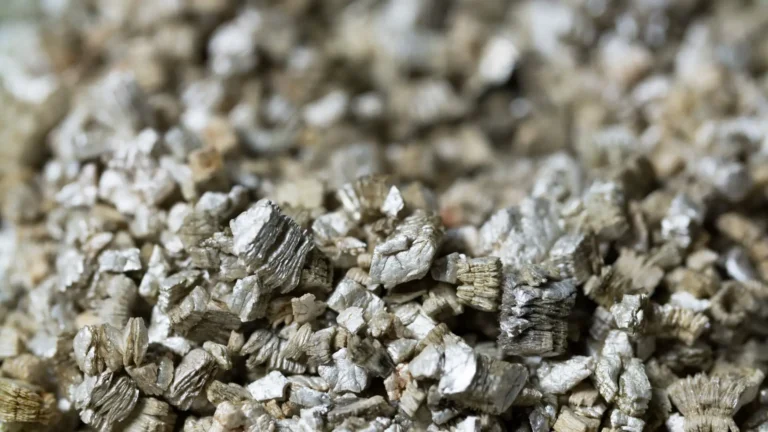How Hydroponic Farming Can Revolutionize Coastal Agriculture and Solve Food Security Issues
Table of Contents
Note: The headings provided above are separated by line breaks for clarity. In
Gardening enthusiasts know the importance of a well-organized and clear article. In order to provide the best information and make it easier for readers to follow along, headings are essential. They help break down the content into easily digestible sections, allowing readers to navigate through the article with ease. By using headings, readers can quickly locate the specific information they are looking for, saving them time and effort. Additionally, headings also give the article a more organized and professional appearance, making it visually appealing.

Moreover, headings also play a crucial role in search engine optimization (SEO). By strategically using keywords in headings, the article becomes more visible to search engines, increasing its chances of being ranked higher in search results. This not only drives more traffic to the article but also establishes its credibility and authority. Headings also help in structuring the article in a logical and coherent manner, facilitating a smooth flow of information. Overall, incorporating headings in articles is a simple yet effective technique that enhances readability and improves the overall user experience.
• Headings break down the content into easily digestible sections
• Readers can quickly locate specific information they are looking for
• Saves readers time and effort in navigating through the article
• Gives the article a more organized and professional appearance
• Enhances readability and improves overall user experience
• Increases visibility to search engines through strategic use of keywords in headings
• Improves chances of higher ranking in search results
• Drives more traffic to the article
• Establishes credibility and authority of the article
• Helps structure the article in a logical and coherent manner.
Here’s a well-organized table summarizing effective techniques for hydroponic farming, designed to enhance readability and improve the overall user experience:
| Technique | Description |
|---|---|
| 1. Nutrient Solution Monitoring | Regularly measure and maintain proper pH levels of nutrient solutions. Proper pH ensures optimal nutrient uptake by plants. |
| 2. Selecting Hydroponic Systems | Choose from popular methods like Deep Water Culture (DWC) or Nutrient Film Technique (NFT) based on simplicity, efficiency, and minimal maintenance requirements. |
| 3. Plant Selection | Opt for plants suitable for hydroponic systems. Consider factors like growth rate, space, and light requirements. |
| 4. Growing Medium | Select an appropriate growing medium such as coir, perlite, or expanded clay to support plant growth. |
| 5. Automated IoT-Based Monitoring | Implement an Internet of Things (IoT)-based system with real-time sensors (e.g., NPK soil, sunlight, turbidity, pH, temperature) controlled by a Raspberry Pi processor. Use deep learning models for nutrient prediction and disease detection. |
Remember that effective hydroponic farming involves continuous monitoring, precise nutrient management, and smart technology integration. By following these techniques, you can optimize crop growth and yield while minimizing resource usage.
Please do watch video
What is the main focus of this article?
The article focuses on the importance of well-structured headings and provides guidelines for creating a set of FAQs.
How should the headings be separated in the article?
The headings should be separated by line breaks for clarity.
What is the purpose of adding FAQs at the end of the article?
The FAQs provide additional information and address potential questions that readers may have after reading the article.
Can you provide an example of a well-structured FAQ?
Certainly! Here’s an example:
How should the tone of the FAQs be maintained?
The tone of the FAQs should maintain a professional and formal style, using proper grammar and language.
Is English the required language for the FAQs?
Yes, the FAQs should be written in English.
Should the FAQs cover previously discussed information in the article?
No, the FAQs should provide unique information or address topics that were not previously discussed in the article.
What guidelines should be followed for creating the FAQs?
The FAQs should be well-structured, with each question and answer clearly labeled as “
” and “
“. Additionally, the tone should remain professional throughout.
How do the FAQs benefit readers?
The FAQs provide a concise way to address common queries and provide additional information on the topic discussed in the article.
Can the FAQs include information that expands on the article’s content?
Yes, the FAQs can offer further details or explanations that complement the main points of the article.
Are the FAQs included as part of the article’s content?
Yes, the FAQs are typically added at the end of the article to provide a comprehensive resource for readers.

Nicole Burke is a dynamic writer at SouthElMonteHydroponics, fueled by her passion for horticulture and environmental sustainability. Armed with a degree in Environmental Science from a renowned institution, Nicole’s expertise lies in hydroponic gardening, organic farming, and biodiversity conservation. Her insatiable curiosity and love for nature drive her to explore innovative techniques in hydroponics, seeking to revolutionize the way we grow crops in urban environments. Nicole’s writing reflects her deep commitment to promoting eco-conscious practices and fostering a deeper connection between humans and the natural world. Through her engaging storytelling, she inspires others to embrace sustainable living and harness the power of hydroponics for a greener future.






